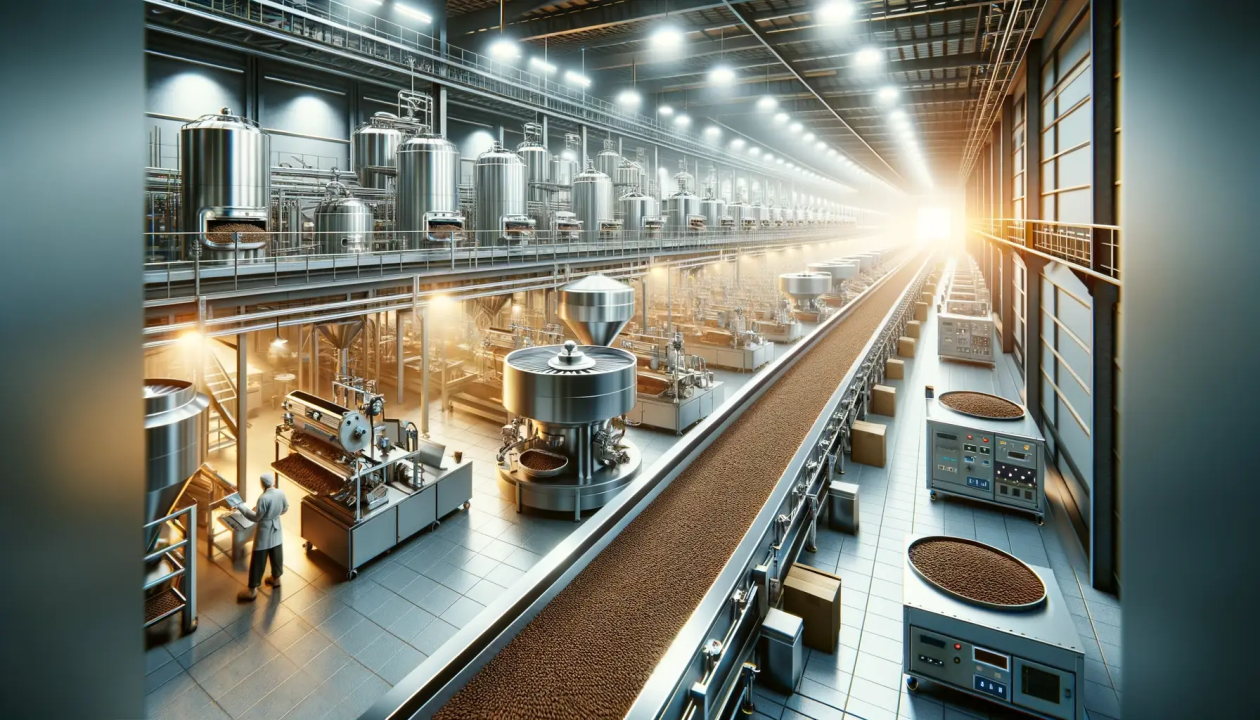Picture this: You're a CPG manufacturer facing the usual suspects—tight deadlines, labor shortages, and the constant pressure to keep up with market demands. You've heard about robotic packaging automation, and it sounds like a dream come true. But is it just about the fancy machines, or is there something more?
Let's cut to the chase.
Many integrators out there are eager to sell you the latest robotic marvels. They'll talk about speed, efficiency, and how these machines can replace your need for more hands on deck. But here’s the catch—they're missing the bigger picture. The real value lies not just in the equipment but in how you use it to transform your packaging process from the ground up.
It's not just about slapping a robot on your production line and calling it a day!
It’s about taking a hard look at your packaging design, the materials you use, and even how often you’re getting deliveries. This is where the magic happens—reducing your carbon footprint, cutting down on waste, and aligning with the sustainability goals that consumers are increasingly demanding.
The Power of Sustainability
We live in a world where consumers care about more than just the product in their hands. They want to know the story behind it, and they’re especially keen on brands that take sustainability seriously. By optimizing your packaging through automation, you're not just saving costs; you're making a statement. You're telling your customers, "We care about the planet, just like you."
Think about it—less packaging waste means fewer trips for deliveries and a smaller carbon footprint. And that’s not just good for the environment; it’s good for business. Customers trust brands that demonstrate responsibility. They’re more likely to stick with you if they believe you're making genuine efforts to be eco-friendly.
Real-World Examples: Innovation in Action
Take, for instance, a label manufacturer we partnered with. They were struggling with an inefficient palletizing process that involved using plastic plugs and caps to secure rolls of labels during transit. By redesigning their process, we reduced the system's complexity, eliminating the need for two robots and these plastic components. Working with a corrugate manufacturer, we developed a customized slip sheet solution that provided stability without the extra waste. The result? A more streamlined operation and a significant reduction in material usage.
Another example is a project with a frozen food manufacturer. They were dealing with over-engineered solutions for bag filling and case packing, leading to excessive corrugate waste. By reimagining their carton and case packing design, we helped them cut their corrugate waste by over 30%. This not only reduced their environmental footprint but also saved on material costs, proving that less can indeed be more.
So, what don’t CPG manufacturers know about packaging automation?
It’s not just a quick fix for labor issues or a way to boost productivity. It’s a gateway to a more sustainable future and a stronger brand image. It’s about looking beyond the immediate benefits and seeing the bigger impact.
When you invest in packaging automation with a holistic approach, you're not just buying equipment; you're investing in a better tomorrow for your company and the world.
